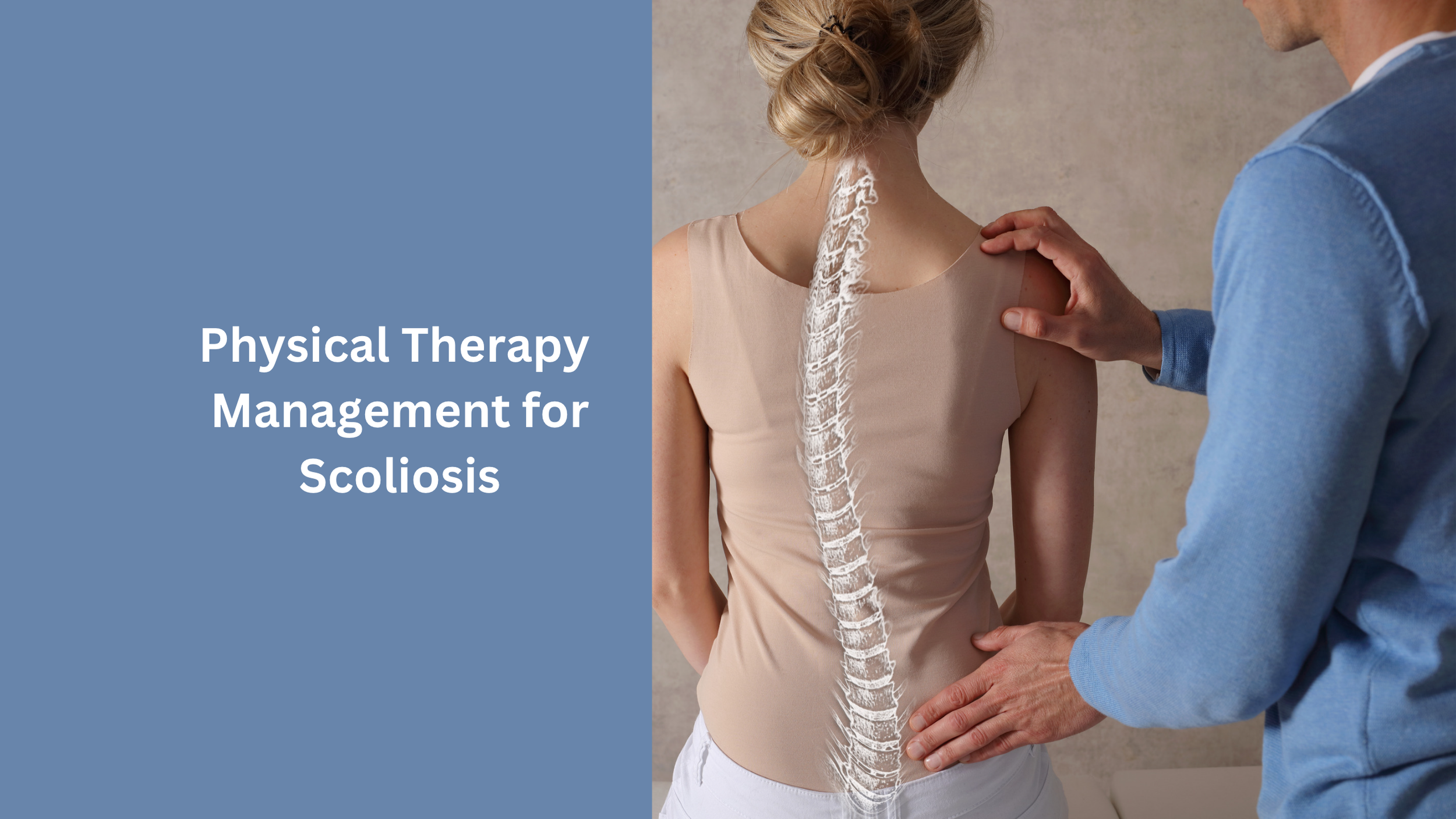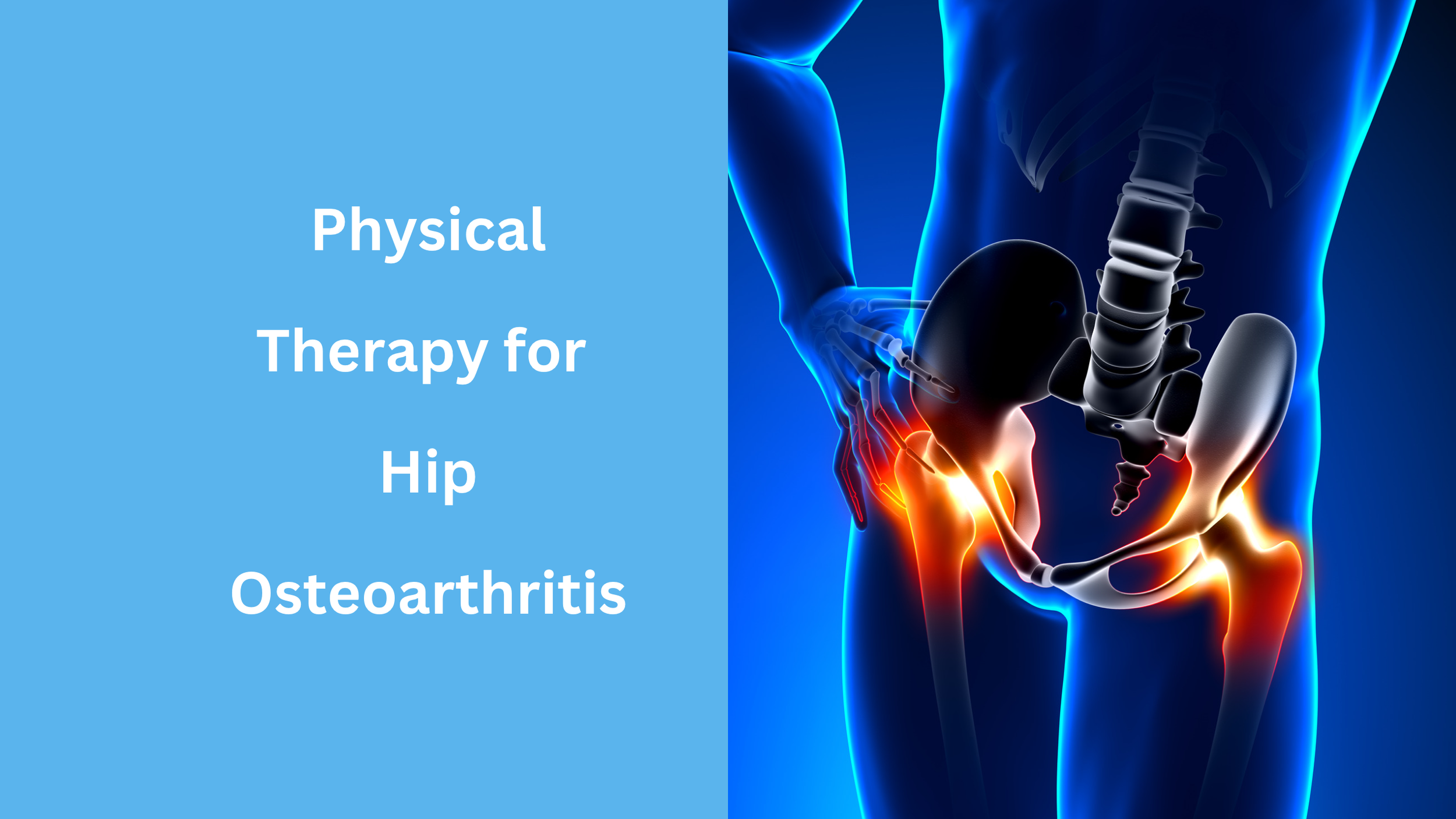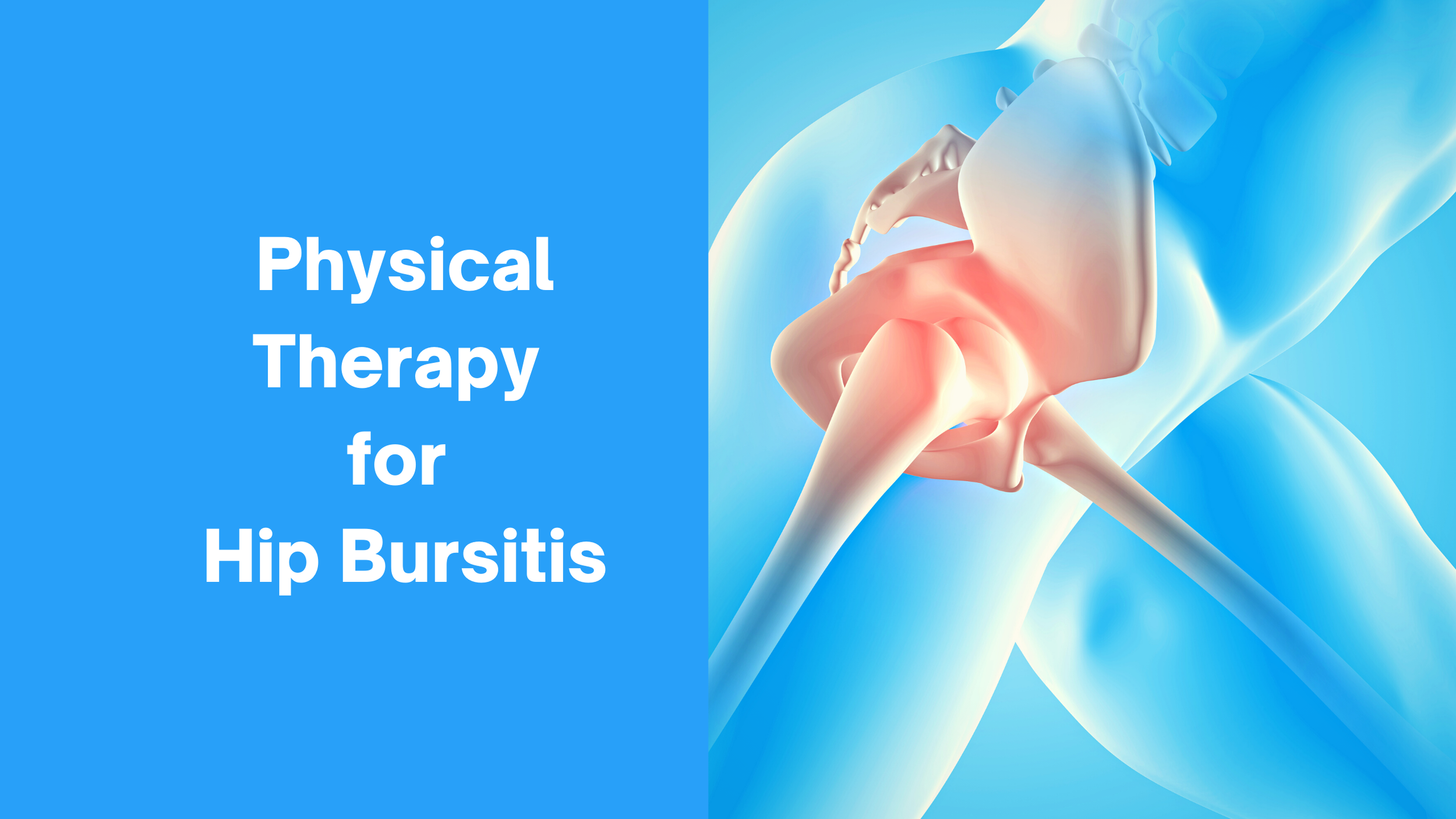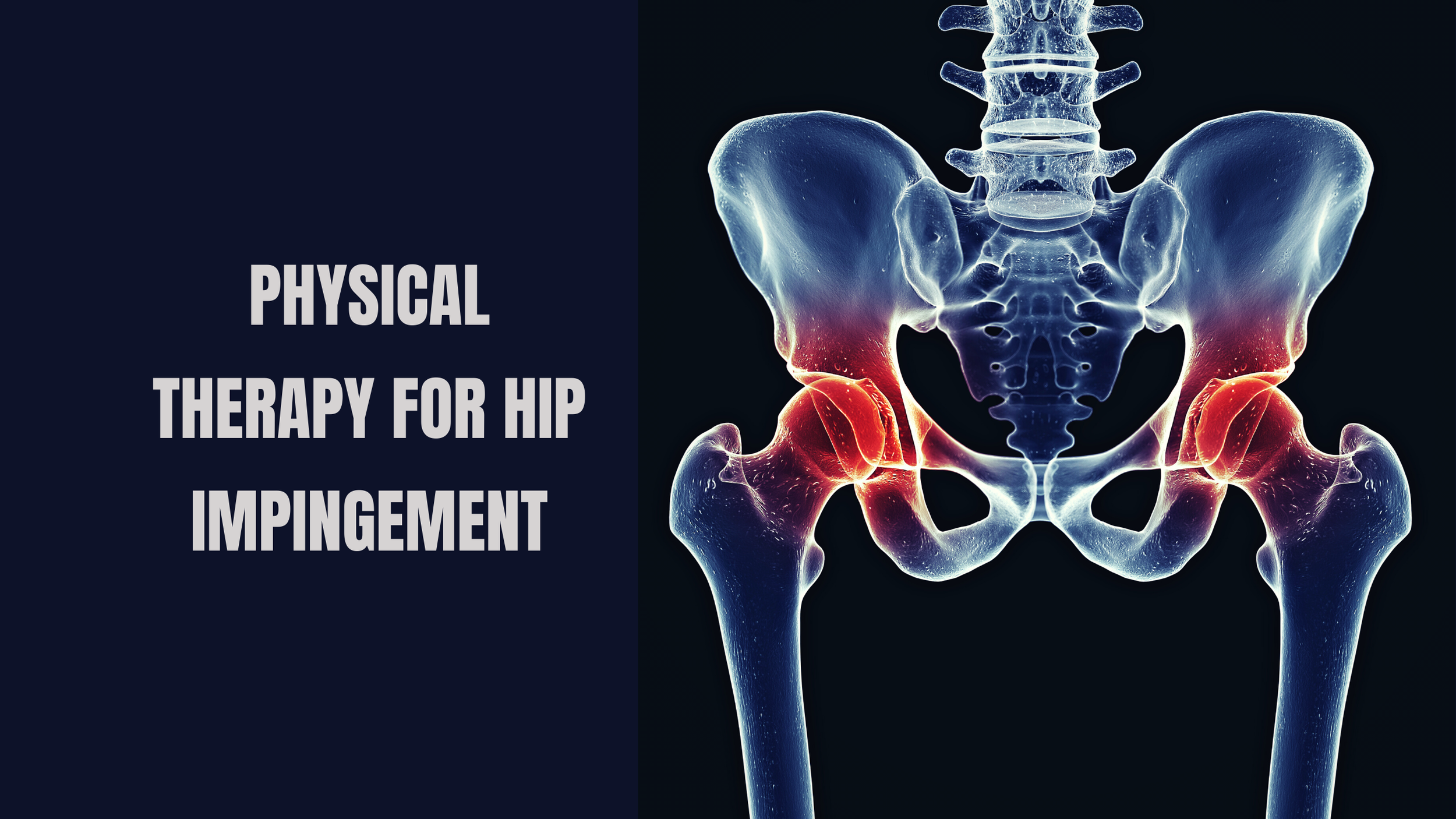Mangiarelli Rehabilitation Physical Therapy Blog
Hip Stabilization Exercises
The hip is one of the largest, most dynamic joints in the body, designed to stabilize and mobilize the lower extremity. Hip stability means the musculature of each side of the hips works equally with every movement you take with muscles that aren’t too loose or too tight. Physical therapists can help you improve your hip strength and stability through targeted hip stabilization exercises. Mangiarelli Rehabilitation physical therapist Sarah demonstrates three hip stabilization exercises to strengthen the front, back, and side of the hip.
Physical Therapy for Lisfranc Injury [Infographic]
A Lisfranc injury occurs from a sudden trauma such as a fall, hard contact, or twisting of the foot that damages the bones or overstresses the ligaments of the Lisfranc joint. The Lisfranc joint is a complex joint in the midfoot where the metatarsal bones connect to the rest of your foot, joined by ligaments that stabilize the arch of the foot and transfer loads from the lower leg to the foot. Physical therapy after a Lisfranc injury can help manage pain and swelling, improve lower extremity mobility and strength, restore normal walking ability, and ensure a safe return to activity and sports competition.
Physical Therapy for Osgood-Schlatter Disease
Osgood-Schlatter disease is an inflammatory condition of the knee caused by repetitive trauma to the patellar tendon during growth spurts that is common among active adolescents. Osgood-Schlatter disease is a common cause of knee pain in growing and active pre-teens and teens, affecting 1 in 10 adolescents. Osgood-Schlatter disease can be managed conservatively and effectively with physical therapy. Physical therapy can help teens with OS ease pain, increase muscle strength, and restore function for a safe return to sport.
Physical Therapy for Sacroiliac Joint Dysfunction [Infographic]
Sacroiliac joint dysfunction (SI joint) involves injury to the sacroiliac joint that typically presents as low back pain on one side of the body. The main function of the SI joints is to provide a stable yet flexible support to the upper body while distributing the load from the lower extremities throughout the rest of the body. SI joint dysfunction can arise due to an acute trauma to the joint, pregnancy and childbirth, or conditions like arthritis and scoliosis. Physical therapy can address SI joint pain, help to stabilize the joint, and improve function through targeted stretching and strengthening exercises and manual therapy.
Physical Therapy Scoliosis Management
Scoliosis is a condition that affects the normal shape of the spine, altering a person’s back alignment and posture and causing a lateral “s” or “c”-shaped curve in the spine. The abnormal curvature of the spine can place stress on the surrounding muscles and joints, causing loss of strength and flexibility in the spinal and back muscles over time. Physical therapy is an effective, non-invasive treatment method to manage scoliosis, stabilize the scoliosis curve, improve postural alignment, enhance neuromuscular control and muscular strength, and improve overall function in individuals with scoliosis.
Physical Therapy for Hip Osteoarthritis
Physical therapy can help those with hip osteoarthritis manage arthritic pain and regain function, strength, and mobility in the hip through therapeutic exercise and manual therapy. Osteoarthritis of the hip causes the protective cartilage lining the bones of the hip joint to progressively break down, causing the bones to rub against each other and leading to intense pain and inflammation within the hip joint.
Physical Therapy for a Lisfranc Injury
The Lisfranc joint is a complex joint in the midfoot where the metatarsal bones connect to the rest of the foot, providing stability to the foot, supporting the arch of the foot, and allowing you to walk and run with ease. A Lisfranc injury involves a fracture or dislocation of the metatarsal and tarsal bones of the midfoot or a sprain of the ligaments of the midfoot, leading to significant pain, dysfunction, and difficulty walking or running. Physical therapy after a Lisfranc injury and surgery can help you manage pain and swelling, improve lower extremity mobility and strength, restore normal walking ability, and safely return to activity and sports competition.
How to Prevent an Ankle Sprain
Ankle sprains are one of the most common sports injuries that occur when the foot twists beyond its normal range of movement, causing the ankle's ligaments to overstretch or tear. If you do not receive timely and effective treatment after your first ankle sprain, the risk of recurrent ankle sprains and chronic ankle instability is high. It’s essential to work with a physical therapist to address an ankle sprain and restore ankle joint biomechanics, strength, and balance safely before returning to sport or activity.
Physical Therapy for Frozen Shoulder
Frozen shoulder is characterized by structural changes in the shoulder joint, primarily thickening of the tissues of the shoulder joint capsule which “freezes” movement and range of motion in the shoulder. Frozen shoulder can result from diabetes, thyroid disease, Parkinson’s disease, or due to a period of enforced immobility of the shoulder due to trauma to the joint, shoulder surgery, or overuse injuries to the shoulder. Physical therapy is the first line of treatment for frozen shoulder and is highly effective in speeding up the recovery process and regaining shoulder mobility at any stage of the condition.
Physical Therapy for Hip Bursitis
Hip bursitis involves inflammation of the bursae, the small fluid-filled sacs that provide cushioning between the hip bones and the soft tissue of the hip (muscles, tendons, and ligaments). Hip bursitis is most common among middle-aged and older adults and affects women more than men. Physical therapy can effectively treat hip bursitis, reducing pain, addressing muscle-related weakness, and helping patients return to daily activities and sports safely. A physical therapist treats hip bursitis with a combination of stretching, strengthening, and movement retraining to decrease irritation in the hip, improve strength and range of motion, resolve pain, and restore normal function.
Physical Therapy to Address Frailty in the Older Population
Frailty is a common syndrome among older adults that involves loss of muscle strength, exhaustion, low levels of physical activity, and increased risk of falling. Inactivity and the subsequent sarcopenia, or a decrease in the amount and quality of muscle, is a major cause of frailty in older adults. Physical therapy can help those with frailty restore overall mobility, strength, and cardiorespiratory capacity safely through a customized therapeutic exercise, strengthening, and balance training program.
Physical Therapy for a Shoulder Separation
A shoulder separation, or AC joint injury, involves a strain or tear of the ligaments of the joint that result in some form of separation between the clavicle and acromion. Shoulder separations are common among young male athletes who participate in high-contact sports like football and rugby. Physical therapy is an effective treatment for AC joint shoulder separations, helping to manage pain, restore shoulder mobility and strength, and return to sport and work safely through a progressive four-phase rehabilitation program.
Treating Shin Splints During Soccer Season with Physical Therapy
Shin splints are a common soccer injury that involves inflammation of the tibia and surrounding muscles, which strain where they connect to the tibia and develop micro-tears, causing pain through the lower leg. Shin splints often occur early in the season during intense conditioning due to a rapid increase in the frequency and duration of exercise that places too much stress on the shin bone and muscles. Physical therapy can help soccer players manage shin splint-related pain, restore function and strength in the lower leg, and help athletes return to sport safely.
Physical Therapy for Hip Impingement
Hip impingement is a structural or mechanical disorder of the hip that involves a change in the shape of the surface of the hip joint, leading to stiffness, pain, and damage to tissue and bone. Hip impingement can result from excessive contact between the ball and socket of the hip joint, a structural variation in the shape of the bones of the hip, or changes in muscle length and activation at the hip. Physical therapy helps patients with hip impingement regain movement, flexibility, and strength in the hip and return to regular activities and sports safely through a hip strengthening and core stabilization exercise program.
Exercises to Relieve Low Back Pain
On the blog, Mangiarelli Rehabilitation physical therapist Bobby demonstrates exercises to relieve acute low back pain. Low back pain is the most common condition treated by physical therapists, affecting 30% of Americans each year. Low back pain can involve dull, burning, throbbing, sharp, or shooting pain in the lumbar spine and through the buttocks and leg. Physical therapy is the first line of treatment for low back pain. A physical therapist can improve and restore mobility in the low back as well as reduce low back pain without expensive surgery or pain medications.
Frozen Shoulder Infographic
Frozen shoulder is a condition that causes pain and stiffness in the shoulder joint and can significantly reduce shoulder mobility. Frozen shoulder occurs when the shoulder capsule tissues thicken and become stiff, tight, and inflamed. This can occur after surgery due to enforced immobility of the shoulder, trauma to the joint, or joint inflammation. Physical therapy is recommended as the first line of treatment for frozen shoulder to increase shoulder mobility and regain range of motion. Check out our infographic to learn more!
Physical Therapy for Neck Pain
Neck pain is one of the most common musculoskeletal conditions, affecting 30 to 50% of adults each year. While there can be numerous causes of neck pain, the most common source of neck pain is mechanical neck pain resulting from muscle strain or joint issues. Physical therapy is the most effective treatment for neck pain, reducing pain and stiffness, improving range of motion, and strengthening the postural flexibility of the neck through therapeutic exercise and manual therapy.
What is Work Conditioning and What Are Its Benefits?
Work conditioning is a customized program for the injured worker designed to help the worker regain strength, mobility, motor control, aerobic capacity, and functional skills to safely return to work. Upon completion of the work conditioning program, the physical therapist conducts a functional capacity test to determine the injured worker’s readiness to return to work. Work conditioning reduces the risk of a worker’s re-injury and provides the worker and employer the confidence that the worker can make a safe, sustainable return to work.
Patellofemoral Pain Syndrome [Infographic]
Patellofemoral pain syndrome (PFPS) is one of the most common types of knee pain, causing pain at the front of the knee and under and around the kneecap. Known as runner’s knee, it often occurs in athletes following a sudden increase and intensity in training. Physical therapy provides effective treatment to address PFPS and improve function and mobility through a customized exercise therapy program. Check out our infographic on patellofemoral pain syndrome to learn more!
Physical Therapy Treatment for Hamstring Strain Injuries
Hamstring strain injuries are common musculoskeletal injuries among athletes of all levels, resulting when one or more of the three hamstring muscles or tendons are strained or torn. The hamstring muscle group is critical for lower body movement and allows for straightening of the hip and bending of the knee. Physical therapy plays a critical role in properly rehabilitating hamstring strain injuries and preventing an acute hamstring strain injury from becoming chronic through a structured therapeutic exercise program.

![Physical Therapy for Lisfranc Injury [Infographic]](https://images.squarespace-cdn.com/content/v1/5e419cdc97af032560004b99/1695046764626-NGSQZR69WCKXOZQR4YP2/Tw+Lisfranc+Injury.png)

![Physical Therapy for Sacroiliac Joint Dysfunction [Infographic]](https://images.squarespace-cdn.com/content/v1/5e419cdc97af032560004b99/1692628325284-XS9SDRSC5W8BAVHUSQPU/Blog+SI+Joint+Infographic+.png)














![Patellofemoral Pain Syndrome [Infographic]](https://images.squarespace-cdn.com/content/v1/5e419cdc97af032560004b99/1615820902970-6YMWXV50OIG4Y0FI2XV5/1.jpg)












